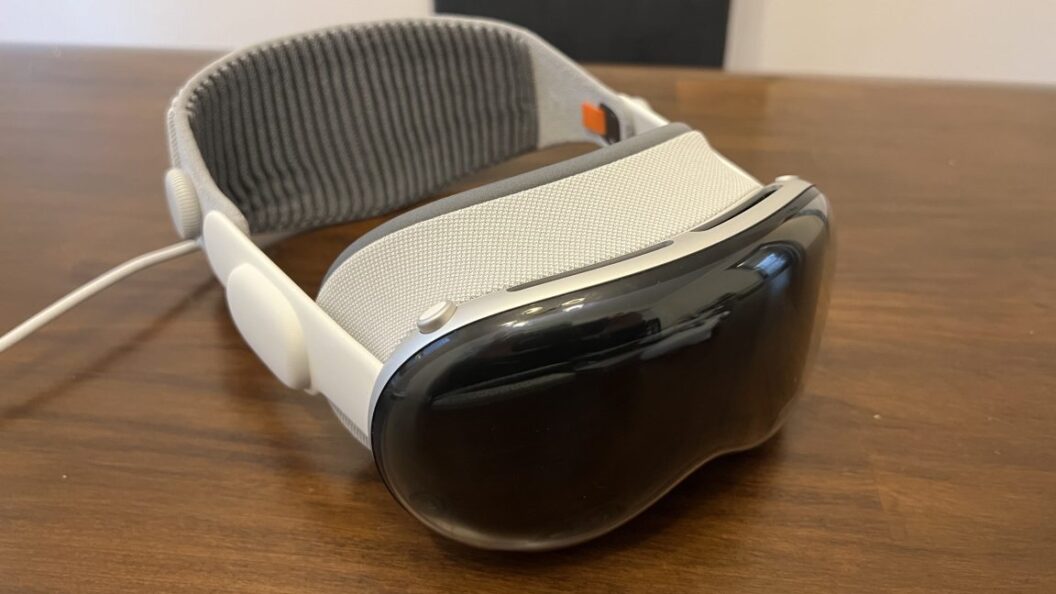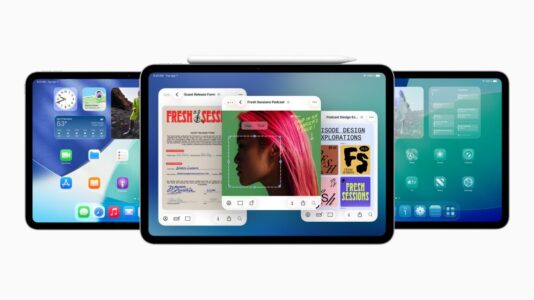Apple Planning New AR Products: Vision Air and Smart Glasses
In a bold move to expand its footprint in the augmented reality (AR) and virtual reality (VR) market, Apple is reportedly working on two significant new products: the Vision Air and a pair of smart glasses aimed at redefining the way users interact with digital content in their everyday lives. Insights from industry analyst Ming-Chi Kuo reveal significant details about these upcoming devices, including their expected features, weight reduction strategies, and production timelines.
Vision Air: A Lighter, Affordable Option
Apple’s Vision Air is set to launch production in the third quarter of 2027. According to Kuo, this new model will be over 40% lighter than the original Vision Pro, making it a more practical option for extended use. This weight reduction will be achieved through innovative materials, including a glass-to-plastic replacement and a heavier reliance on magnesium alloys rather than the more costly titanium alloys used in previous models. Additionally, the Vision Air will utilize Apple’s flagship iPhone processor instead of the stronger Mac processor found in the Vision Pro, which is expected to significantly lower its price point, making potential AR experiences more accessible to consumers.
True Smart Glasses by 2027
While the Vision Air aims to enhance the user experience with a lighter design and a more attractive price, the ultimate goal for many tech enthusiasts remains the dream of true smart glasses—a device that seamlessly integrates AR capabilities into a form factor that resembles standard eyewear. Kuo states that mass production of these display-free, "Ray-Ban-like" glasses is slated for Q2 2027, with Apple aiming to ship between 3 million and 5 million units through that year. This bold plan underscores Apple’s vision for this form factor to resonate more broadly with consumers compared to the Vision Pro’s bulkier headset approach.
The anticipated smart glasses will feature a voice control and gesture recognition interface, but they will lack display functionality. Instead, core features are expected to include audio playback, camera, video recording, and AI environmental sensing. The actual AR-enabled glasses, which would display digital content interactively, are projected to launch in 2028.
The Implications of Apple’s AR Aspirations
Apple’s foray into AR and VR raises several important considerations about the future of technology in everyday life. The shift towards lightweight, unobtrusive devices is likely to encourage broader consumer adoption. With features like voice control and gesture recognition, Apple aims to create an intuitive user experience that blends seamlessly into daily interactions.
However, the path ahead may not be entirely without challenges. As Apple navigates the complexities of integrating advanced technology into consumer-friendly designs, it will also face scrutiny over privacy, data usage, and the potential societal impacts of widespread AR technology.
Conclusion: A New Era for AR and VR
Apple’s ambition to develop the Vision Air and smart glasses signifies a pivotal moment in the evolution of augmented and virtual reality. By focusing on lightweight designs and lower prices, Apple aims to appeal to a broader audience, potentially transforming how users engage with digital content. The company’s plans could set new benchmarks in both hardware performance and user experience, paving the way for a future where augmented reality becomes a routine part of our daily lives. As production timelines approach, the technology community keenly observes how these products will reshape the landscape of consumer electronics and connectivity.









